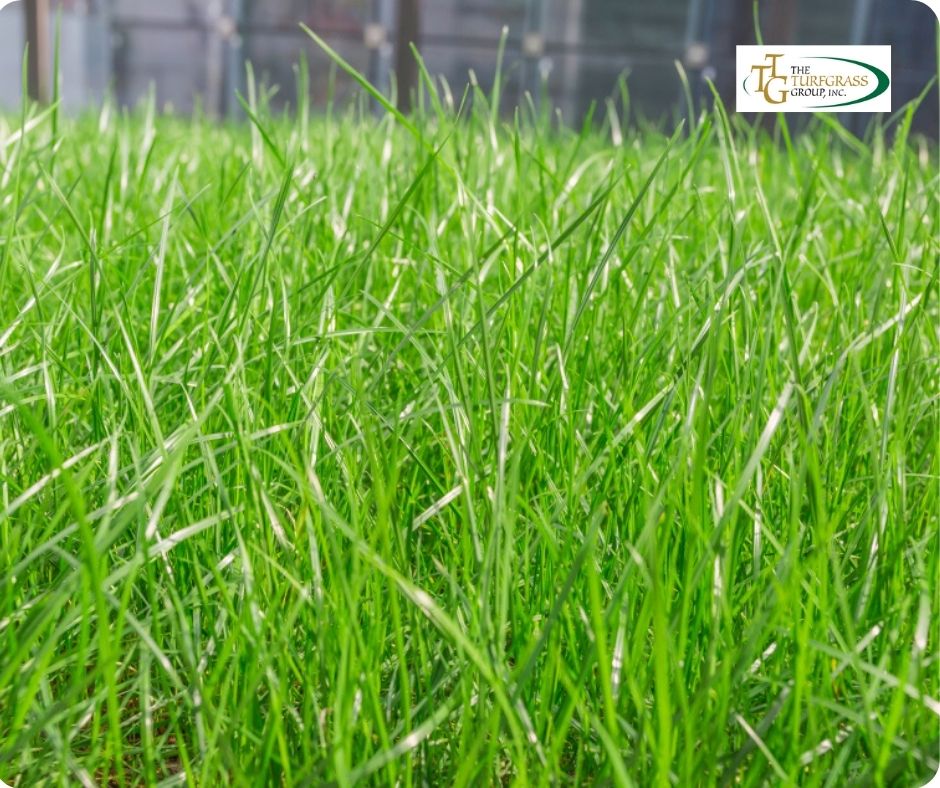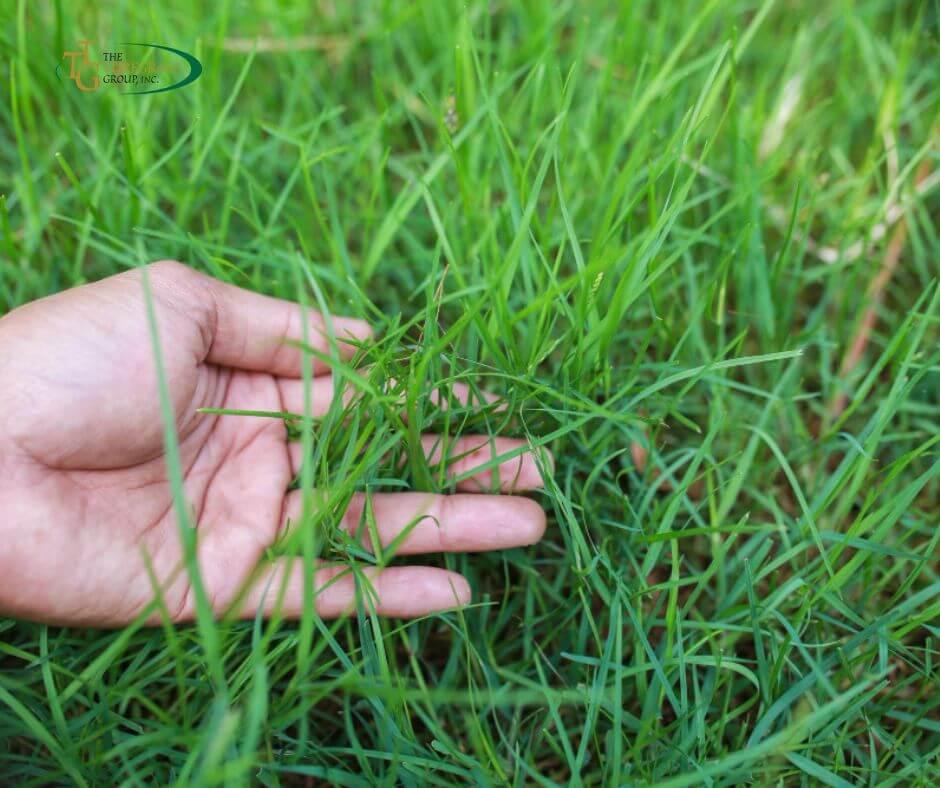
Southern Bluegrass, scientifically known as Poa pratensis, is a perennial grass species native to Europe, Asia, and North America.
Renowned for its lush green appearance and adaptability, Southern Bluegrass is a staple in lawns, golf courses, and pastures worldwide.
Beyond its aesthetic appeal, this grass harbors a plethora of fascinating attributes.
Let’s delve into 10 intriguing facts about Southern Blue grass:
Versatile Habitat:
Southern Blue grass exhibits an impressive ability to thrive in a diverse array of climates and soil conditions, showcasing its remarkable adaptability across various landscapes.
Originating from regions such as northern Europe, where cool temperatures and ample moisture prevail, this resilient grass has spread its roots far and wide, establishing itself as a favored species in ecosystems spanning the globe.
From the misty highlands of Scotland to the sun-drenched plains of the American Midwest, Southern Blue grass displays a remarkable capacity to flourish in environments characterized by contrasting climatic conditions.
Rapid Growth:

Southern Blue grass is renowned for its swift germination and establishment, swiftly transforming bare soil into lush, verdant lawns in a matter of weeks.
This remarkable characteristic has made it a top choice for landscaping endeavors where rapid results are desired.
Whether seeding a new lawn or overseeding to rejuvenate existing turf, Southern Blue grass’s ability to establish quickly ensures that landscapes can be green and inviting in minimal time.
This rapid growth trait is particularly advantageous for homeowners, landscapers, and property managers seeking to achieve vibrant lawns within tight timelines.
Whether preparing for a special event or simply eager to enjoy the beauty of a green landscape, Southern Blue grass delivers on its promise of prompt establishment, providing a swift solution to the quest for verdant surroundings.
Drought Tolerance:
Southern Blue grass, while typically favoring moist soils, showcases impressive resilience to drought conditions once it has established its roots.
This resilience stems from its deep-rooted system, which enables it to tap into water reservoirs buried deep within the soil profile.
As a result, Southern Blue grass can endure extended periods of dry weather with minimal water supplementation.
This ability to withstand drought is particularly noteworthy in regions prone to periodic water scarcity or seasonal aridity.
In landscapes where irrigation resources are limited or unreliable, Southern Blue grass offers a sustainable solution for maintaining green spaces without excessive water consumption.
By efficiently utilizing available moisture deep within the soil, this grass species demonstrates its capacity to thrive in challenging environmental conditions while conserving precious water resources.
Cold Hardy:
Southern Blue grass demonstrates exceptional adaptability to cold climates, retaining its lush green color even when exposed to frost and snow.
This resilience makes it an ideal candidate for lawns in regions characterized by harsh winter conditions.
The ability of Southern Blue grass to maintain its vibrant green hue during cold weather sets it apart from other grass species that may turn brown or become dormant in response to low temperatures.
This resilience ensures that landscapes remain visually appealing year-round, providing homeowners with enduring beauty even in the depths of winter.
High Traffic Tolerance:
Southern Blue grass stands out for its exceptional ability to endure heavy foot traffic and frequent mowing, making it a favored choice for high-traffic areas like sports fields and parks.
This resilience is particularly prized in settings where constant use and regular maintenance are the norm.
Sports fields, for instance, see a constant stream of athletes and spectators, subjecting the turf to extensive wear and tear.
Southern Blue grass’s ability to bounce back from the stresses of athletic activities ensures that playing surfaces remain resilient and playable, providing a safe and enjoyable environment for sports enthusiasts of all ages.
Fine Texture:
Southern Blue grass is distinguished by its fine texture and dense growth habit, imparting a luxurious velvety appearance to lawns.
The delicate blades of Southern Blue grass form a dense, uniform carpet that not only enhances the visual appeal of landscapes but also provides a soft and inviting surface for barefoot enjoyment.
This fine texture sets Southern Blue grass apart from coarser grass species, lending a touch of elegance and sophistication to lawns and green spaces.
The slender blades create a lush, manicured appearance that evokes a sense of well-tended beauty, making it a popular choice for homeowners and landscape professionals alike.
Erosion Control:
Southern Blue grass boasts a deep, fibrous root system that serves as a crucial mechanism for soil stabilization and erosion control.
This grass species plays a vital role in preventing soil erosion on slopes and embankments by effectively binding soil particles together.
The extensive root network of Southern Blue grass penetrates deep into the soil, anchoring it firmly in place and creating a strong foundation that resists the forces of erosion.
As rainwater or runoff flows over the land, the dense root system of Southern Bluegrass acts as a natural barrier, slowing down the movement of water and preventing the displacement of soil particles.
High Nutritional Value:
Southern Blue grass is highly prized not only by homeowners for its lush appearance but also by livestock grazers for its exceptional nutritional content.
This grass species serves as a valuable forage grass for cattle, sheep, and horses, offering essential nutrients that contribute to their health and well-being.
One of the key attributes that make Southern Blue grass a preferred choice for grazing animals is its high nutritional value.
Rich in proteins, carbohydrates, vitamins, and minerals, this grass provides a well-rounded diet that supports the nutritional needs of livestock throughout the grazing season.
Its nutrient-dense composition ensures that grazing animals receive the essential elements required for growth, reproduction, and overall vitality.
Self-Repairing:
Southern Blue grass exhibits remarkable regenerative abilities, enabling it to swiftly recover from damage inflicted by pests, disease, or environmental stressors.
This inherent capacity for self-repair plays a crucial role in maintaining the long-term health and vitality of lawns and landscapes.
One of the key factors contributing to Southern Blue grass’s self-repairing ability is its robust root system.
The deep, fibrous roots of this grass species provide a strong foundation for growth and resilience, allowing it to withstand various forms of damage and bounce back quickly.
Longevity:
Southern Blue grass boasts impressive longevity, capable of thriving for many years with proper care and maintenance.
This enduring quality not only ensures the sustained beauty of landscapes but also enhances the cost-effectiveness of investments for homeowners and land managers.
When provided with adequate care, including regular watering, fertilization, and mowing, Southern Blue grass can establish a robust root system and maintain its vigor over extended periods.
Unlike some other grass species that may require frequent reseeding or renovation, Southern Blue grass can persist for years, providing a reliable and consistent backdrop of greenery for outdoor spaces.
Conclusion
In conclusion, Southern Bluegrass emerges as a top choice for landscaping projects, offering a combination of resilience, beauty, and longevity.
With its ability to withstand diverse environmental conditions, provide high nutritional value for livestock, and self-repair from damage, Southern Bluegrass stands as a reliable and cost-effective investment for homeowners and land managers alike.
For expert advice on incorporating Southern Bluegrass into your landscaping plans or for assistance with turfgrass selection and maintenance, contact us at The Turfgrass Group.
Our team of professionals is ready to help you create vibrant and sustainable landscapes that endure for years to come.
FAQs
What is Southern Bluegrass, and where is it native to?
Southern Bluegrass, scientifically known as Poa pratensis, is a perennial grass species native to Europe, Asia, and North America. It’s renowned for its lush green appearance and adaptability, commonly found in lawns, golf courses, and pastures worldwide.
Where can Southern Bluegrass thrive?
Southern Bluegrass exhibits remarkable adaptability and can thrive in diverse climates and soil conditions. From the misty highlands of Scotland to the sun-drenched plains of the American Midwest, it flourishes in environments with varying climatic conditions.
How quickly does Southern Bluegrass grow?
Southern Bluegrass is known for its rapid germination and establishment, transforming bare soil into lush lawns within weeks. This trait positions it as a top choice for landscaping projects that prioritize quick results.
Is Southern Bluegrass tolerant to drought?
Yes, Southern Bluegrass displays impressive resilience to drought conditions once established. Its deep-rooted system allows it to tap into water reservoirs within the soil, enabling it to endure extended periods of dry weather with minimal water supplementation.
Does Southern Bluegrass withstand cold climates?
Absolutely, Southern Bluegrass is highly adaptable to cold climates, retaining its vibrant green color even in frosty conditions. Moreover, this resilience makes it ideal for lawns in regions with harsh winter weather.
Can Southern Bluegrass withstand heavy foot traffic?
Yes, indeed, Southern Bluegrass is exceptionally tolerant of heavy foot traffic and frequent mowing, making it a preferred choice for high-traffic areas like sports fields and parks.
What is the texture of Southern Bluegrass like?
Furthermore, Southern Bluegrass distinguishes itself with its fine texture and dense growth habit, giving lawns a luxurious, velvety appearance. Additionally, the delicate blades form a dense, uniform carpet, enhancing visual appeal and providing a soft surface for barefoot enjoyment.
How does Southern Blue grass help with erosion control?
Moreover, Southern Bluegrass boasts a deep, fibrous root system that stabilizes soil and prevents erosion on slopes and embankments. Additionally, its extensive root network binds soil particles together, slowing down water flow and preventing soil displacement.
Is Southern Blue grass nutritious for grazing animals?
Yes, indeed, Southern Bluegrass is highly nutritious for grazing animals like cattle, sheep, and horses. Rich in proteins, carbohydrates, vitamins, and minerals, it provides essential nutrients to support their health and well-being.